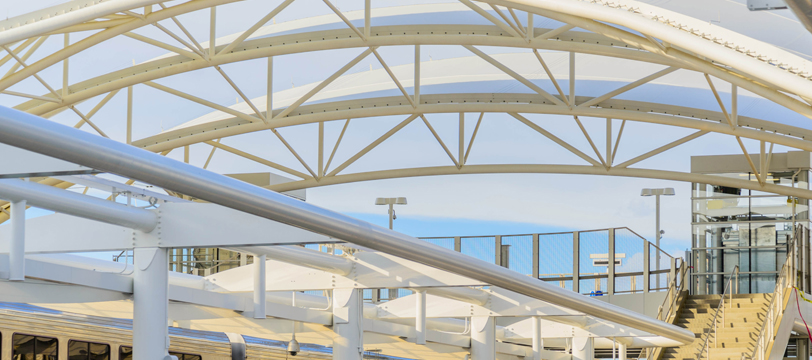

The sudden spike in coal transport is hitting a sector that had begun to reduce capacities because of Germany's planned exit from coal-based power generation over the next decade. Current coal stockpiles at German power plants would "last no longer than one week of full-capacity generation," the Steag power utility in Essen said in a press release at the beginning of July. The rise in demand for the fossil fuel requires more transportation capacity. As a result of sanctions against Moscow, Germany has decided to use less Russian gas for electricity production and more coal. Russia's invasion of Ukraine also comes into play here. "We are fully booked," said Spranzi whose business operates more than 100 ships on the Rhine. Low water is worsening already existing capacity constraints in Germany's transportation sector, as more ships and barges are needed to carry the same amount of goods. Shipping demand is high, said Hamann, as businesses are anxiously replenishing their inventories to shield against further supply snarls.

Many of them were only recently able to restore supply chains that were heavily disrupted by the COVID-19 health crisis. The early arrival of low water comes at an inopportune time for the many businesses dependent on the Rhine. Western Europe's biggest river serves as an artery connecting industrial hubs in Germany, France and Switzerland with seaports in the Netherlands and Belgium. Tack Scarcity wherever you lookĪbout 195 million tons of cargo are shipped on Germany's rivers each year - mostly on the Rhine, which is critical for moving coal, gasoline, heating oil, chemicals, car parts, food and thousands of other goods. At normal water levels, one ship can carry the cargo of about 150 trucks Image: picture-alliance/J.
#Searing industries professional
"The low level means barges need to reduce their cargo load to be able to navigate the river," he told DW.Īnd Roberto Spranzi from the DTG German Inland Navigation Association also expressed concern about the emerging situation along the Rhine, telling DW that the professional shippers the organization represents were currently allowed to transport "just about 50% of the cargo" they usually carried. Okke Hamann, chief executive of the Lower Rhine Chamber for Industry and Commerce, also said that the low water had come rather early this year, as levels have not yet reached over 2 meters (78.7 inches) at the gauge in Duisburg, which is Europe's biggest inland port. "Normally, the low water days for the Rhine begin in July and reach their peak in September and October," he told DW. Germany's Rhine is no exception, with the current water level of the most vital waterway in Europe being described as "unusually low for the season" by Christian Hellbach from the Waterway and Shipping Authority in Cologne, Germany. As Europe bakes in a heat wave, water levels in its rivers are falling to precariously low levels.


 0 kommentar(er)
0 kommentar(er)
